J-STORIES ー「對著哭鬧的嬰兒發火」、「對帶著哭泣嬰兒的母親提出驅離勸告」——像這樣的新聞標題在日本時常引發討論。今年11月,一段影片在X(原推特)上引起關注,內容是一位老人在電車上對著哭泣的嬰兒大發雷霆。影片曝光後,許多父母紛紛分享自己有過相似的經歷。在連續8年創下歷史最低出生率、少子化無法遏止的日本,社會對育兒的不寬容也被憂心可能對年輕世代產生負面影響,讓他們對育兒產生排斥或恐懼。
在這樣的情況下,雖然針對嬰幼兒哭鬧的負面聲音看似喧囂,實際上卻並非社會的主流觀點。為了讓這一點被更多人看見,兩位女性——紫原明子與石上有理,共同發起了「泣いても良いよ(可以哭沒關係)」計畫。
這項企劃非常簡單,內容是免費發放貼有嬰兒插圖與「可以哭沒關係」字樣的貼紙與鑰匙圈,讓有意願的人可以將它貼在手機、包包等顯眼處。透過這種方式,即使不需開口說話,也能向帶著嬰兒的家長表達理解與支持。而店家若將海報貼在店門口,也能傳達出「歡迎嬰幼兒同行」的友善態度。
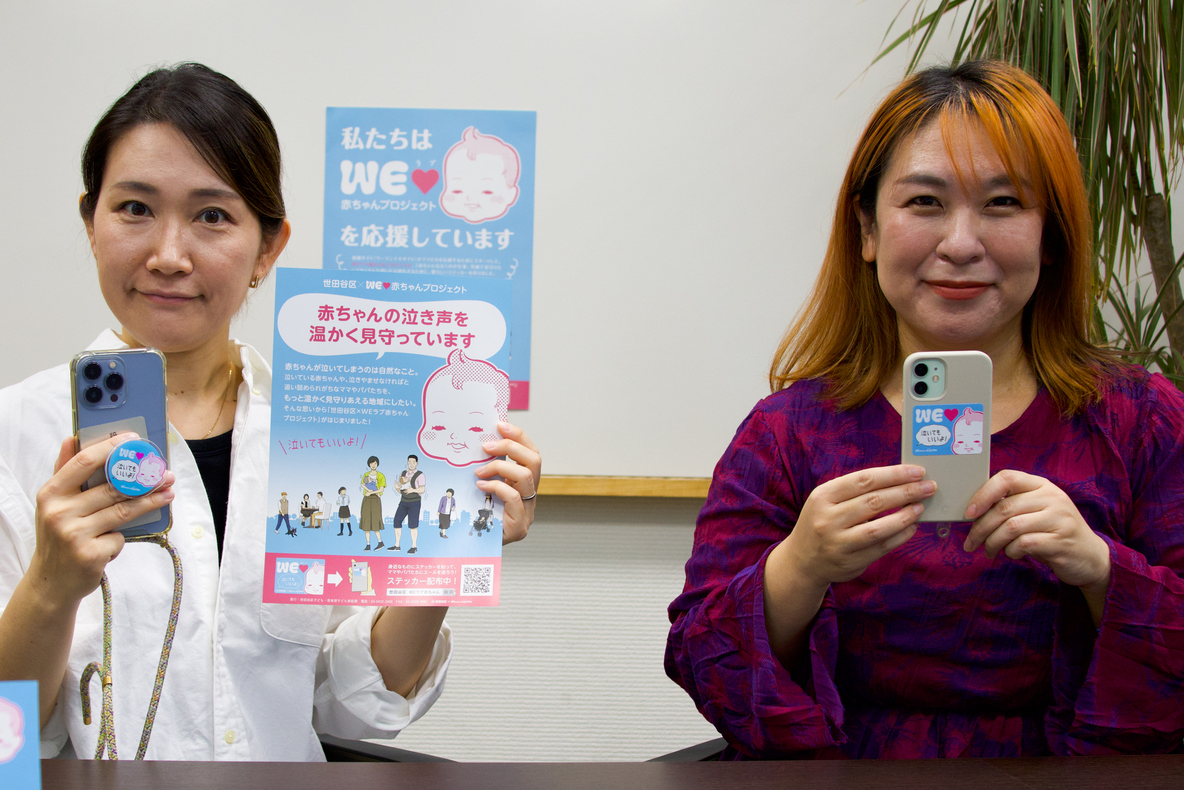
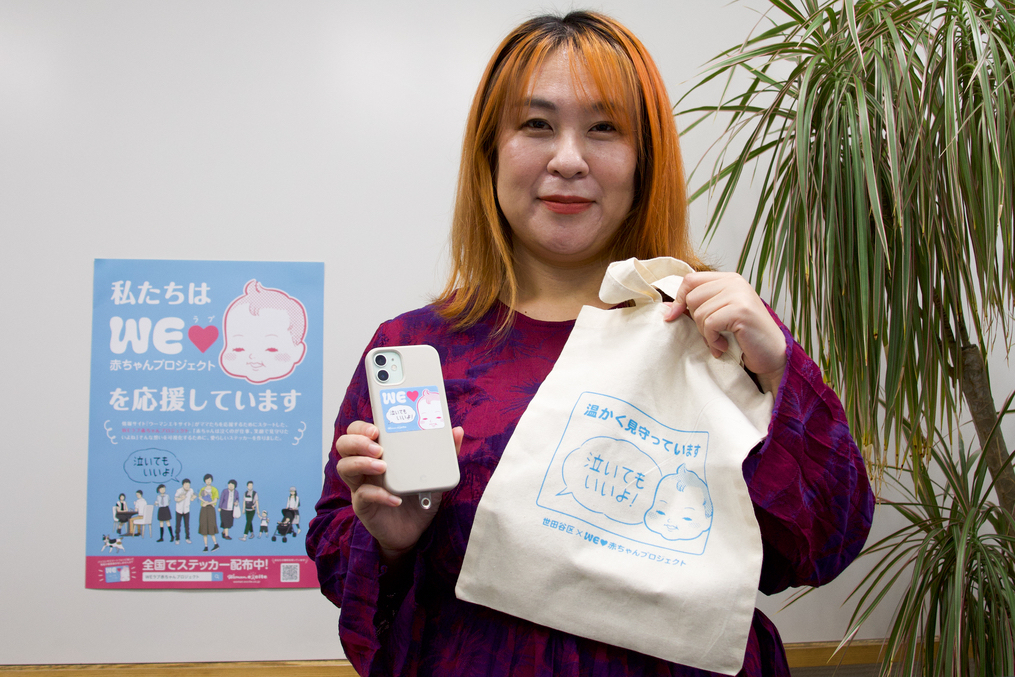
「我覺得,只要有這張寫著『可以哭沒關係』的貼紙,即使什麼話都不說,也能傳達我們的心意,」這樣說的是本企劃的發起人之一,紫原明子女士。
這個專案始於2016年,起初只是一次小規模的宣傳活動,僅準備了30張貼紙分送給有興趣的人。然而,隨著這項行動在網路上引發熱議,申請者迅速增加,專案規模也隨之擴大,如今更進一步發展為涵蓋民間企業與地方自治體的大型倡議。
「一開始能有1,000位支持者加入,我們就已經很開心了。但人數逐漸增加,截至11月,已經有85,000人響應。我真的覺得,我們成功地讓人們內心的溫暖善意變得可見了。」
目前,在官方網站上可以看到來自10多歲到70多歲各個世代、超過一萬則的支持留言。

「初為人母時感到不安,我認為那是再自然不過的事。現在回頭看,我在兒子一歲左右時,總是繃緊神經,只怕麻煩到他人,肩膀始終緊繃著育兒。可等孩子漸漸長大,我才明白,遇到困難時其實可以依靠他人,也不需要把所有事情都怪罪在自己身上,」共同發起人之一的石上有理女士如此說道。由於石上女士曾參與為育兒母親提供資訊的線上媒體《Woman Excite》的營運,因此柴原女士向她提出了共同推動這個專案的邀請。
在日本,一般人們傾向於在電車等公共場所避免與陌生人交談,不過柴原明子女士指出,實際上有很多人都希望以不引人注目的方式,默默支持那些陷入困境的父母。「網路上確實常見對嬰兒哭聲的嚴厲批評,但我相信,內心認為『嬰兒哭也沒關係』的人其實很多。透過這個企劃獲得廣泛支持,我們或許多少實現了將大家內心的溫暖可視化,」柴原女士這樣表示。
此外,柴原女士指出,對於正在育兒的父母來說,即使只是一次被怒罵或投以冷眼的經歷,也可能造成深刻的心理創傷,讓他們誤以為整個社會對嬰兒的哭聲都是冷漠與嚴苛的。因此,透過這項活動傳遞「事實並非如此」的訊息,具有非常重要的意義。
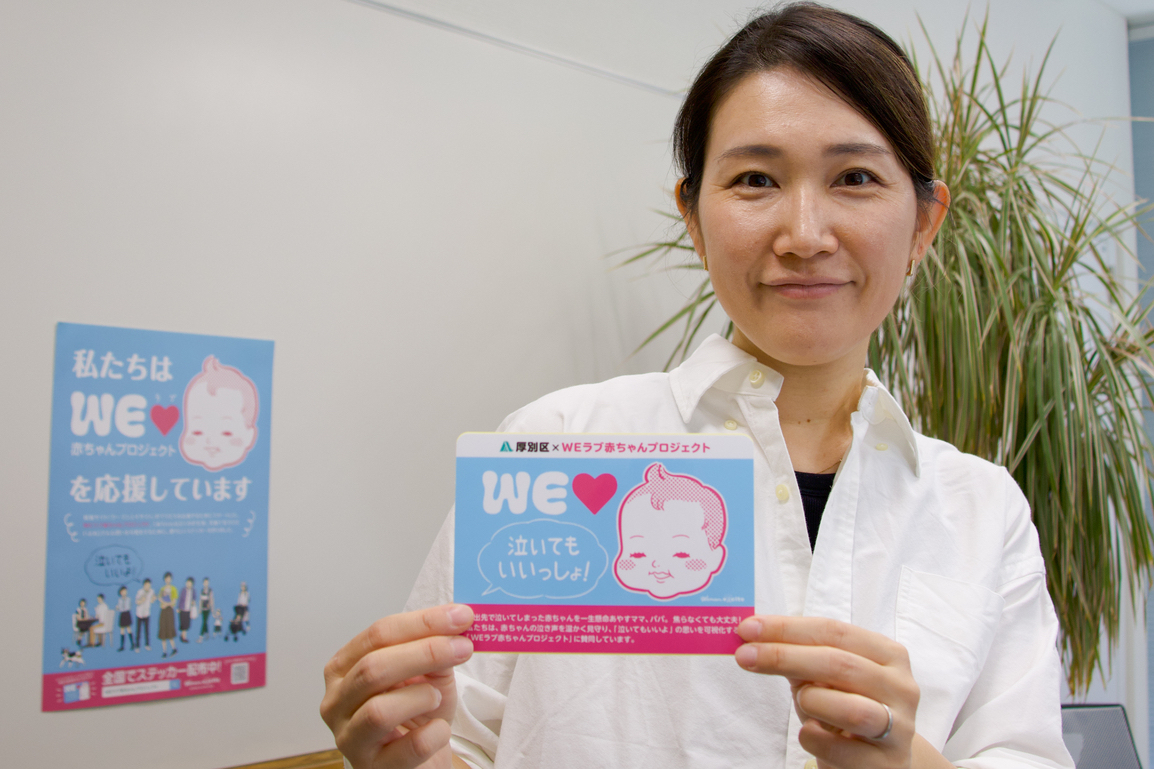
事實上,紫原女士自己在育兒期間也曾親身經歷過類似情況。有一次在餐廳裡,鄰桌的一位長者對她說:「太吵了,帶孩子出去。」她回憶道:「那時我真的懷疑自己是不是個不稱職的媽媽,甚至懷疑自己的孩子是不是被社會視為累贅。感覺不到任何來自社會的支持,內心充滿失落與無力感,種種情緒湧上心頭,最後忍不住落淚。」
在日本,父母較少能直接聽到來自社會的正面鼓勵,其中一個原因可歸因於所謂「沉默的大多數(Silent Majority)」文化——即便內心支持,也不輕易表達。許多男性也坦言,對於主動與陌生女性交談會有所猶豫。為了改善這種情況,厚生勞動省於2006年推出了「孕婦標誌(マタニティマーク)」,讓孕婦在外出時佩戴,使周圍的人更容易察覺並表現出關懷與體貼。
此外,在日本,與其他先進國家相比,保母制度尚未普及,導致家長難以將孩子託付給他人後外出。因此,相較於其他國家,日本父母更常需要帶著嬰幼兒一起外出。

其實,柴原女士會構思這個企劃,起因是一日她在咖啡廳遇到一位帶著哭鬧幼兒的母親。那位母親一邊安撫孩子,一邊不停地向四周投以關切的眼神,明顯很擔心打擾到他人。柴原當時內心想著:「我一點都不介意啊!」卻最終沒有開口。她回憶道:「那位媽媽非常努力地哄著寶寶,而我若直直看著她,可能會讓她覺得不舒服……我就是因為擔心這點,才沒有說出口。」
於是,柴原女士沒有選擇當場開口,而是立刻聯繫了石上女士,表示想要製作一款能支持這類母親的貼紙,並邀請她一起合作推動這個企劃。
為了讓這項訊息更容易被各地民眾接受與共鳴,「泣いていいんだよ(可以哭沒關係)」目前已推出18種以各地方言書寫的版本。除了貼紙之外,該專案也延伸設計了鑰匙圈、徽章、帆布袋、水壺等多種周邊商品。
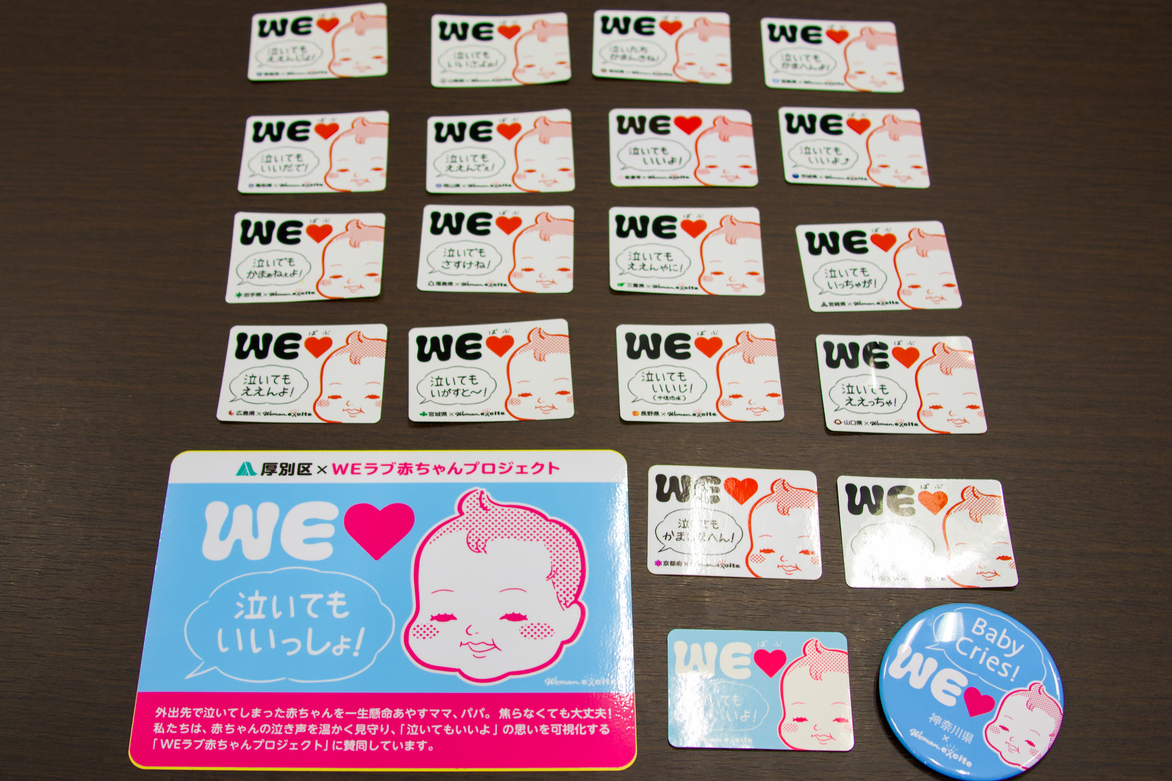
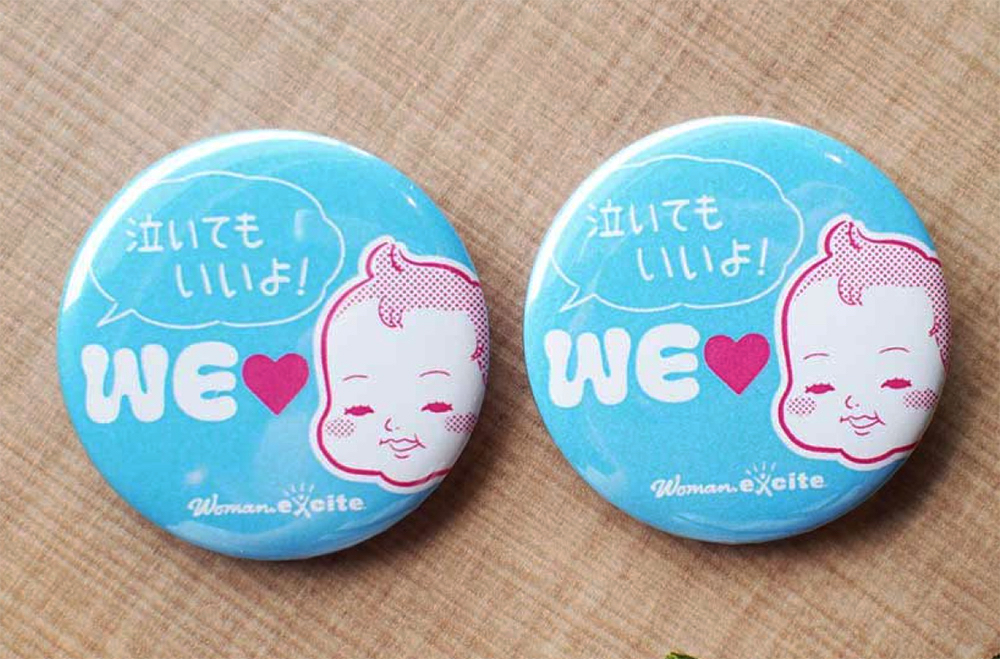
當然,柴原女士並不僅僅滿足於這一成功。
柴原女士表示:「如果『嬰兒哭是理所當然的』這種觀念能夠普及,那麼這張貼紙就不再需要了。因此,在那之前,我認為我們應該繼續推動這個專案。」
成功與多個地方政府合作的石上女士表示:「我希望能幫助創造更適合育兒的環境,如果能與更多民間企業合作,那將會非常有趣。」她對與民間企業的合作充滿期待。
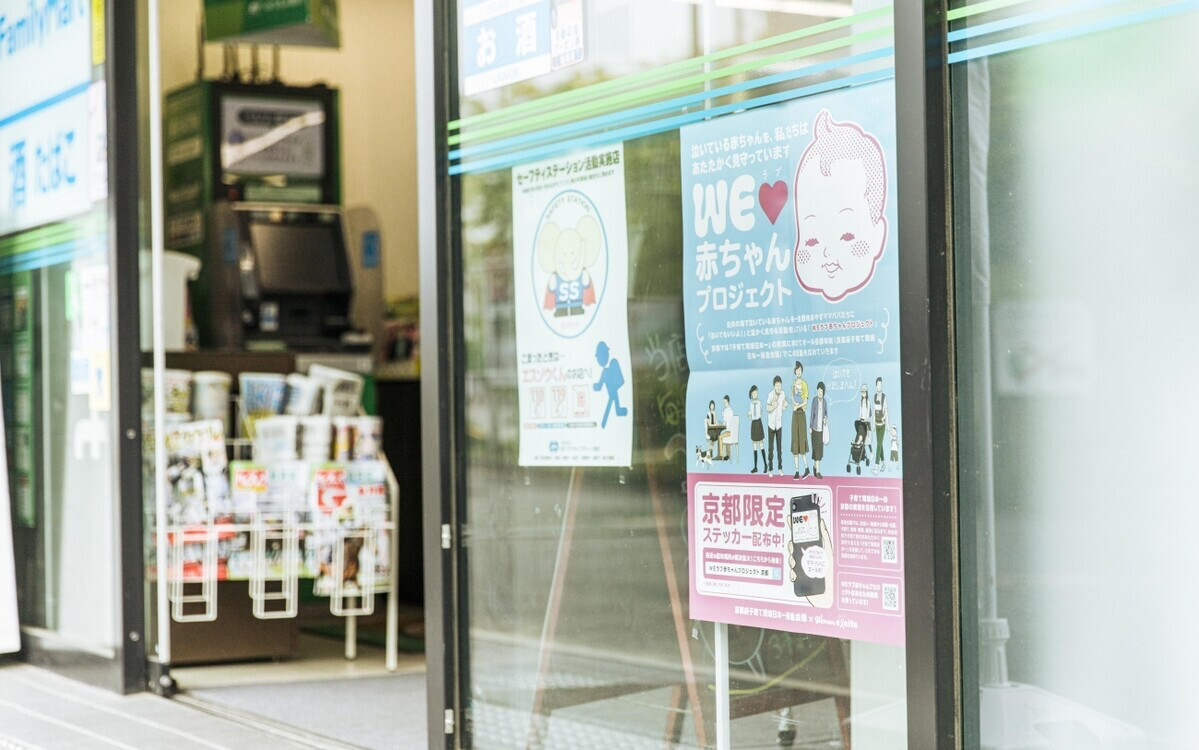
2人は海外展開も視野に入れている。第一歩として、外国人居住者の多い神奈川県で「泣いてもいいよ!」ステッカーが英語で作られ、その第一歩を踏み出した。
また外国メディアにも取り上げられたことで、世界中の人々からネット上で好意的なメッセージが寄せられており、このような試みは「世界中の人も喜んでくれる」ことだと実感したという。国によって事情は違っても、趣旨に賛同してくれる人がたくさんいることがわかり、このプロジェクトを海外にも広げたいと思うようになったという。 「海外の子育て支援にも協力できるのであれば、ぜひ広げていきたい。このプロジェクトが日本だけでなく、海外にも広がっていったら嬉しいですね」。石上さんはJ-STORIESにそう語った。
記事:大河原有紗
編集:一色崇典
記事撮影:高畑依実 トップ写真:高畑依実
この記事に関するお問い合わせは、 jstories@pacificbridge.jp にお寄せください。
***
本記事の英語版は、こちらからご覧になれます。



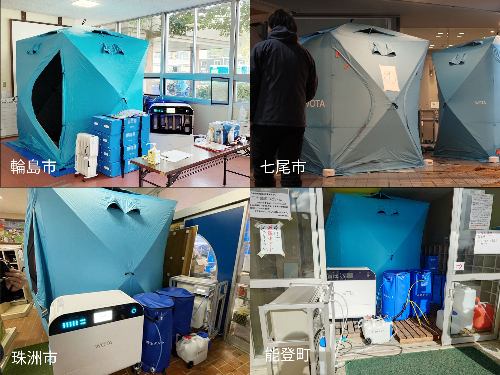
_bigthumbnail.jpeg)





![[PODCAST] 外国人創業者が変える日本のスタートアップの形 (Part 7)](https://storage.googleapis.com/jstories-cms.appspot.com/images/1763538829673unnamed_bigthumbnail.jpg)
![[PODCAST] 外国人創業者が変える日本のスタートアップの形 (Part 6)](https://storage.googleapis.com/jstories-cms.appspot.com/images/1763000777388unnamed_bigthumbnail.jpg)







![[PODCAST] 如何打造成功的新創企業社群(第2集)](https://storage.googleapis.com/jstories-cms.appspot.com/images/1748493203370business-man-holding-light-bulb-social-network-2024-10-31-22-37-36-utc_smallthumbnail.jpg)


